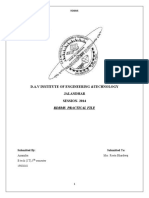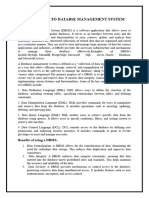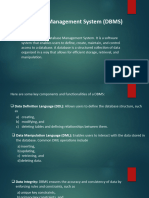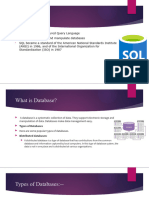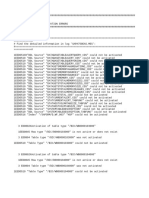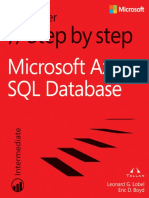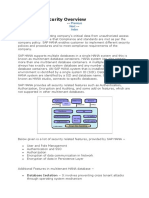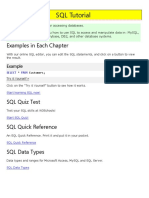0% found this document useful (0 votes)
41 views3 pagesDatabase System Notes
Database systems are organized collections of data that facilitate easy access, management, and updates. They include various types such as RDBMS, NoSQL, hierarchical, network, and object-oriented databases, each with distinct structures and use cases. Key concepts include data models, normalization, transactions, and SQL commands, which are essential for effective database design and administration.
Uploaded by
Niaz TanhaCopyright
© © All Rights Reserved
We take content rights seriously. If you suspect this is your content, claim it here.
Available Formats
Download as PDF, TXT or read online on Scribd
0% found this document useful (0 votes)
41 views3 pagesDatabase System Notes
Database systems are organized collections of data that facilitate easy access, management, and updates. They include various types such as RDBMS, NoSQL, hierarchical, network, and object-oriented databases, each with distinct structures and use cases. Key concepts include data models, normalization, transactions, and SQL commands, which are essential for effective database design and administration.
Uploaded by
Niaz TanhaCopyright
© © All Rights Reserved
We take content rights seriously. If you suspect this is your content, claim it here.
Available Formats
Download as PDF, TXT or read online on Scribd
/ 3



